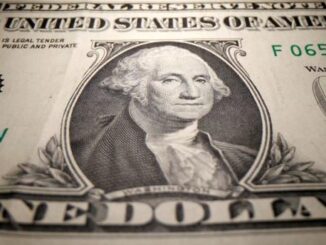
President Joe Biden’s proposed budget expects inflation to cool further, but it predicts that the historically low US unemployment rate — which the administration has put at the heart of its economic appeal — will start to climb.
The White House anticipates a 4.3% annual inflation rate this year, and a slowdown to 2.4% in 2024, according to the budget statement released by the Office of Management and Budget Thursday.
Those numbers are broadly in line with the forecasts of private economists compiled by Bloomberg — a significant change from last year’s release, when the administration came under scrutiny for publishing outdated estimates that didn’t capture the inflation surge analysts had come to expect.
The drawn-out budget process means that kind of lag is always a possibility. This year’s economic projections were finalized in November, when the US economy was starting to hint at a slowdown. Since then, it’s been showing renewed signs of strength. Inflation was higher than expected in January, supported by a resilient labor market that’s been fueling robust wage gains.
Biden’s economic team will “incorporate these new data, and the future ones that will come over the coming months, when we update our economic forecasts later this year,” Council of Economic Advisers Chair Cecilia Rouse said in a call with reporters.
The White House sees the economy expanding 0.6% this year and 1.5% in 2024, roughly in line with the consensus among economists. Its projections for the labor market are less upbeat than they were a year ago.
Back then, the Biden team didn’t expect the jobless rate to hit 4% across the whole of the 10-year forecast horizon. Now, with unemployment at a half-century low of 3.4%, the administration expects it to rise to 4.3% this year and 4.6% in 2024.
The administration has touted the abundance of jobs as the best evidence of a thriving economy. But the Federal Reserve, which has been hiking interest rates at a rapid pace, is seeking to cool down the labor market amid concern that it’s overly tight and contributing to persistent inflation.
“We’re confident we’ll get back to steady and stable growth,” said Rouse. “However, the road there will continue to be a bumpy one.”
Source:



